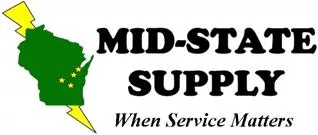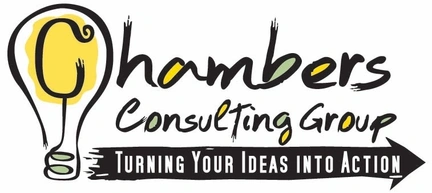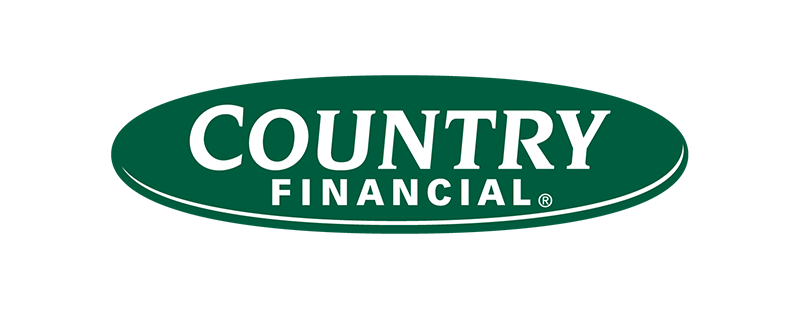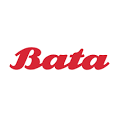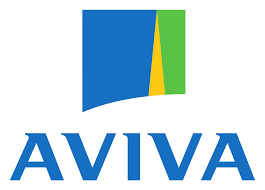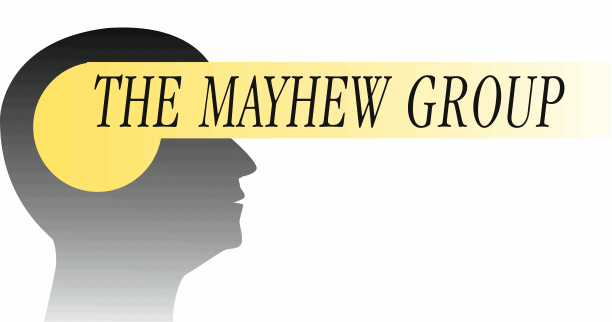Job Analysis Training Pack: Editable Course Materials.
This job analysis training course material can be delivered in your courses to anyone involved in a performance management or a job design process.
Why Choose This Job Analysis Training Solution?
- Save Time & Resources: Instantly access professionally designed, fully editable course content—no need to spend weeks developing your own materials.
- Flexible & Customizable: Easily tailor the slides, workbooks, and activities to fit your audience and training style, whether you’re teaching beginners or seasoned professionals.
- Engage Every Learner: Interactive games, icebreakers, and exercises keep participants energized and involved, ensuring knowledge sticks.
- Trusted By Leading Brands: Join organizations worldwide that rely on our training solutions to upskill their teams and boost performance.
Key Benefits For Your Organization.
- Accelerate Performance: Equip your leaders and managers with practical job analysis skills to optimize hiring, training, and performance management.
- Boost Consistency: Standardize job analysis processes across teams, ensuring clarity in job roles, expectations, and evaluation metrics.
- Drive Better Decisions: Learn proven techniques—like the Critical Incident Technique and Position Analysis Questionnaire—to support effective selection, development, and compensation strategies.
- Maximize Impact: Empower participants to ask the right questions, analyze job data, and make informed, strategic HR decisions.
Trusted By Leading Brands.
Don’t let limited time or resources hold back your training goals. With this job analysis training package, you’ll deliver engaging, professional workshops that drive measurable improvements—right out of the box.
Get started today and give your team the skills to analyze, optimize, and elevate every role in your organization.
Topics Covered.
1. Job analysis skills
- What is a job analysis.
- The main job analysis methods.
2. Key aspects of job analysis methods
- Knowledge, skills, and abilities (KSAs).
- Performance metrics.
- Work tasks and behaviors.
- People interactions.
- Managerial input.
- The equipment required.
- The working environment.
3. Six key job analysis concepts
- Job descriptions and classifications.
- A chance to look at selection procedures.
- Worker mobility.
- Training and development.
- Compensation.
- Tthe link to performance management.
4. The main types of job analysis techniques
- The main types of job analysis techniques.
- Essential tools (e.g., the critical incident technique and the position analysis questionnaire).
5. Ask the right questions
- Questions to ask when deciding what job analysis technique to use.
Learning Objectives.
Your participants will:
- Understand the role of job analysis.
- Understand four job analysis skill methods.
- Examine the advantages and disadvantages of interviews.
- Explore three types of job observation.
- Understand the Critical Incident Technique.
- Understand a Position Analysis Questionnaire.
- Explore essential job analysis skill techniques.
What You Get:
- Instructor Manual [NEW]
- Slide Deck (82 slides)
- Course Workbook (54 pages)
- Training Games
- Icebreakers
- Activities And Exercises
- Training Guides
- Reading Lists
- Assessment Tools
- Marketing Materials
- Action Plans











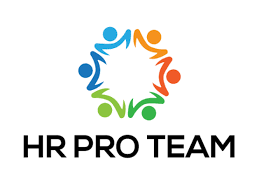























![Coaching & Mentoring Skills Training Pack [Free Sample]](https://www.oakinnovation.com/wp-content/uploads/2022/06/krakenimages-376KN_ISplE-unsplash-1-scaled-jpg-350x250.webp)






